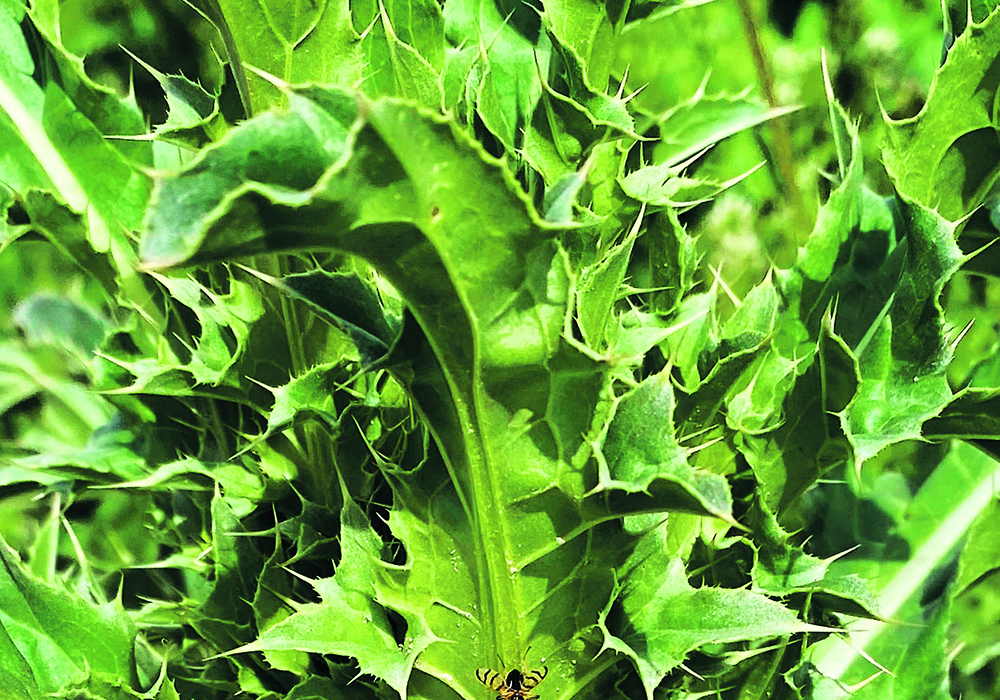White cockle is a growing problem in prairie fields. It is tough to control once it reaches its short-lived perennial stage, and its seeds are practically impossible to clean from commercial timothy, alfalfa and clover seed production.
The weed produces large numbers of seeds, has a tough, deep taproot and is difficult to remove from the field once established.Mature plants are 10 to 30 inches high and have oblong, hairy leaves with smooth edges. Flowers are fragrant, white, about an inch across and open at night.
Research at the University of Saskatchewan has shown that a two stage approach to weed control obtains the best results on white cockle. Dicamba, Banvel mixed with 2,4-D or MCPA is used in cereal crops when the weed is in the two to four leaf stage. Dicamba is applied at a rate of .12 litres per acre, while 2,4-D or MCPA, in a 500 gram formulation, is applied at .35 litres. The U of S research has shown that a pre-seed burn off will control seedlings but not perennials.
Read Also

Volatile temperatures expected for this winter
DTN is forecasting a lot of temperature variability in the Canadian Prairies this winter. Precipitation should be close to average.
However, work by Ken Sapsford, research associate with the Weed Control Unit at the Crop Development Centre in Saskatoon, indicates that a second application of herbicide can be effective in a cereal crop after glyphosate or a mix of glyphosate and florasulam, Prepass or tribenuron and metsulfuron, Express Pro or 2,4-D. Group 2 combination products were effective in controlling white cockle in spring wheat.
Combinations included thifensulfuron, tribenuron and metsulfuron, known as Precision Pac 23235, tribenuron with 2,4-D and dicamba and Precision Pac 2525, as well as thifensulfuron and tribenuron, but with the addition of MCPA. Care has to be taken that tribenuron and metsulfuron don’t exceed the recommended rate. As a result, they should not be applied in sequence if they are contained in the burn down application.
Research showed that Prepass may have had such good early control that the weeds weren’t ready for further restriction when given a second shot in the crop. For legume crops such as alfalfa and clover, white cockle is treated traditionally with 2,4-DB such as Cobutox, Embutox or Caliber, using the 625 grams per litre formulation, at about 1.7 litres per acre.
In established pasture, a mix of dicamba, 2,4-D and mecoprop-p, DyVel DSp, can be applied at a rate of 1.3 litres per acre.A 30 day grazing restriction exists in any pasture application.Tillage is also a control option for this weed.White cockle’s proper name is Lychnis alba and is also known as evening lychnis and white campion.














